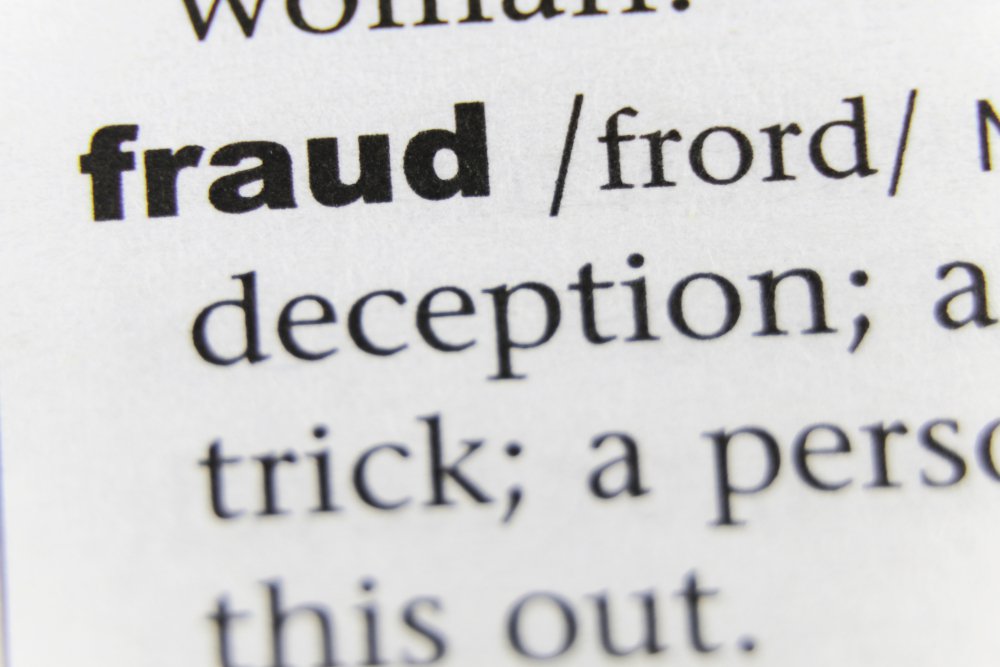Commercial property insurance provides protection for direct physical loss to your company’s property that results from a covered peril. Some policies also provide business interruption insurance, which covers income lost due to your business being closed because of a covered event. While some policies provide coverage for specific named perils, others are termed “all risk” policies. But beware: all-risk policies do not in fact provide coverage for all risks, but simply those risks that are not specifically excluded.
What does commercial property insurance cover and what does it exclude?
All-risk policies, which are also called open-perils policies, typically provide protection from fire, theft, vandalism, burst pipes and leaks, and certain weather events. For coverage to be triggered, there must be direct physical loss to the company’s physical assets, such as the building, equipment or furniture, that occurs within the policy period. Policyholders usually choose a coverage amount that is equal to the maximum potential loss of property. Policies commonly exclude coverage for property damage caused by floods, mold, pollution and contamination, earthquakes, and commercial automobile accidents, among others. Below is a closer look at some of these commonly excluded perils.
Flood and Other Types of Water Damage
As flood damage is typically excluded from commercial property policies, businesses in flood zones need to purchase separate flood insurance. But water damage provisions are often vaguely worded in property policies, creating ambiguity as to whether coverage applies. Absent clear language, courts typically interpret water exclusion provisions to apply to damage caused by naturally occurring water events, but not to man-made water events. For instance, in a case involving a house flood following a water main break, the court held that the terms “flood” and “surface water” in the exclusion provision did not include water from a burst water main. 1 Another court held that, despite a clause excluding surface water, there was coverage for damage caused by water runoff diverted by man-made trenches because it was no longer surface water after the diversion. 2
Mold
Many policies bar coverage for damage that is caused by or that results from mold. However, there are nuances with this exclusion as well, such as when both mold and a covered peril contribute to the cause of mold damage. Absent clear language specifying otherwise, if a covered peril is the dominant and efficient cause of the mold, the damage may be covered. For instance, a dispute over the mold exclusion arose when water from a burst pipe and mold that resulted from it contributed to make an insured’s house inhabitable. In that case, there was a question of fact as to whether mold or the water leak was the dominant and efficient cause of the loss. 3
Pollution and Contamination
Many policies exclude damages caused by pollution or contamination. Various types of disputes have arisen over the scope of this exclusion over the years. For instance, courts have largely held that the exclusion bars coverage for damage caused by the release of asbestos or from sewage or septic leaks. Many courts have held that a substance can be considered a pollutant for purposes of the exclusion even if it is not inherently harmful, or if it has legitimate purposes elsewhere. For instance, one court held that coverage was barred under the contamination exclusion after the insured’s business establishment was rendered uninhabitable by a chemical that was federally regulated for use in uninhabited open fields.4 In the wake of the pandemic, courts have addressed whether the pollution exclusion precludes coverage for claims arising out of COVID-19. While the majority of property claims concerning COVID-19 were dismissed because of either a virus exclusion in the policy or the absence of allegations of direct physical loss to the property, at least one court found that the pollution exclusion precluded coverage for business interruption claims related to government lockdown orders early in the pandemic.5
If you are involved in a dispute with your business insurance company, contact us. We have the expertise, experience and tenacity to make insurance companies keep their promises to you and your business.
1 Ebbing v. State Farm Fire & Casualty Co., 67 Ark. App. 381, 386-87, 1 S.W.3d 459, 462 (1999)
2 Heller v. Fire Ins. Exch., 800 P.2d 1006, 1009 (Colo. 1990)
3 Shelter Mut. Ins. Co. v. Maples, 309 F.3d 1068, 1070-71 (8th Cir. 2002),
4 In In Haman, Inc. v. St. Paul Fire & Marine Insurance Co., 18 F. Supp. 2d 1306, 1308-09 (N.D. Ala. 1998)
5 Schleicher & Stebbins Hotels, LLC v. Starr Surplus Lines Ins. Cos., 2021 WL 4029204 (N.H. Super. Ct. June 15, 2021).

